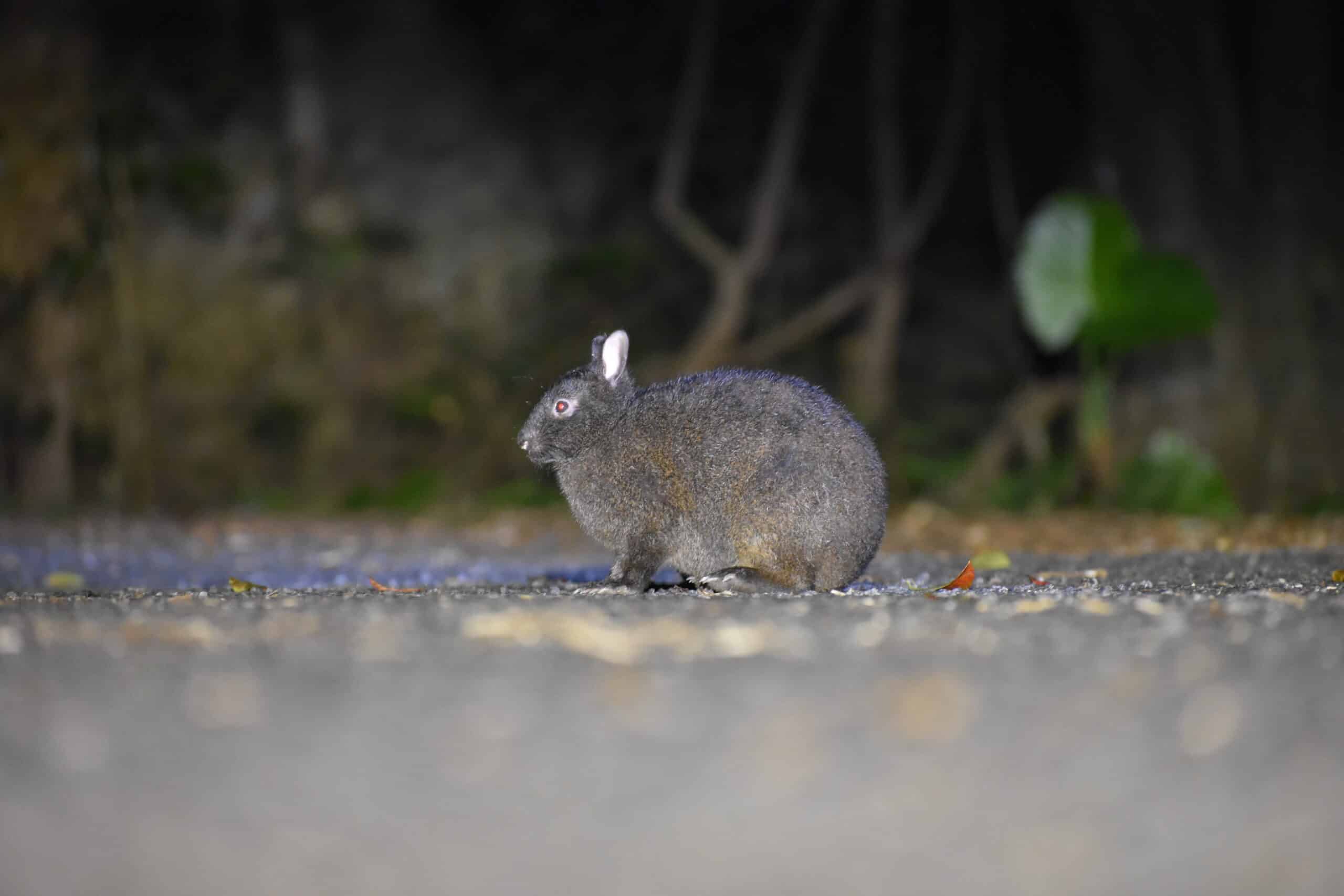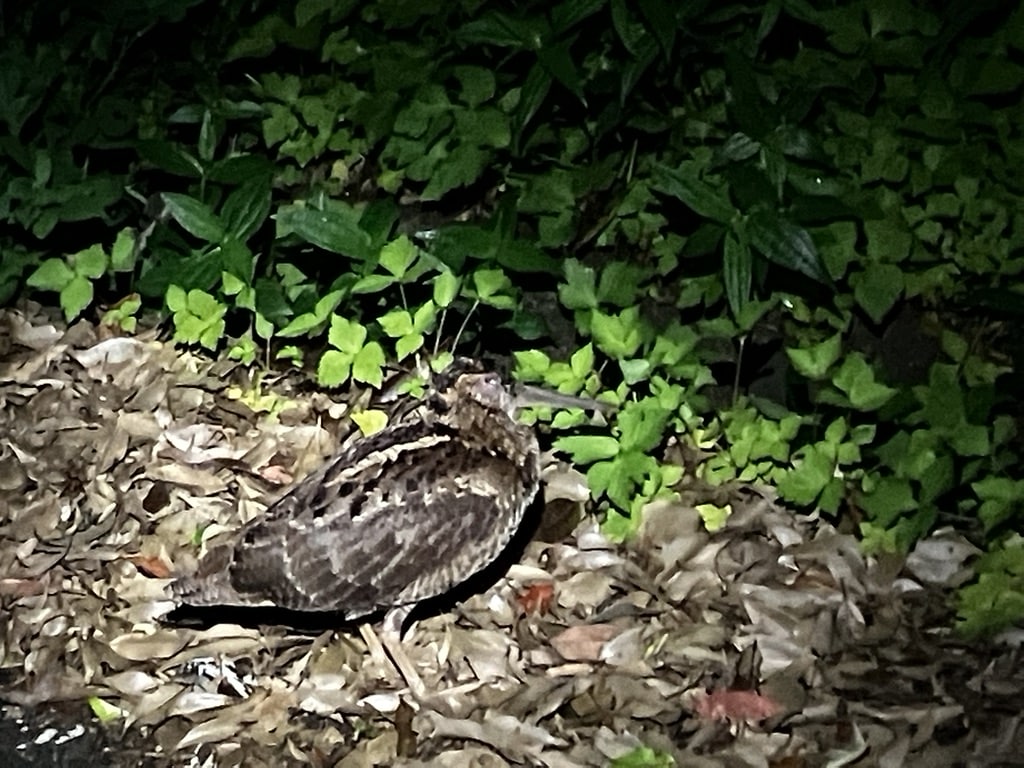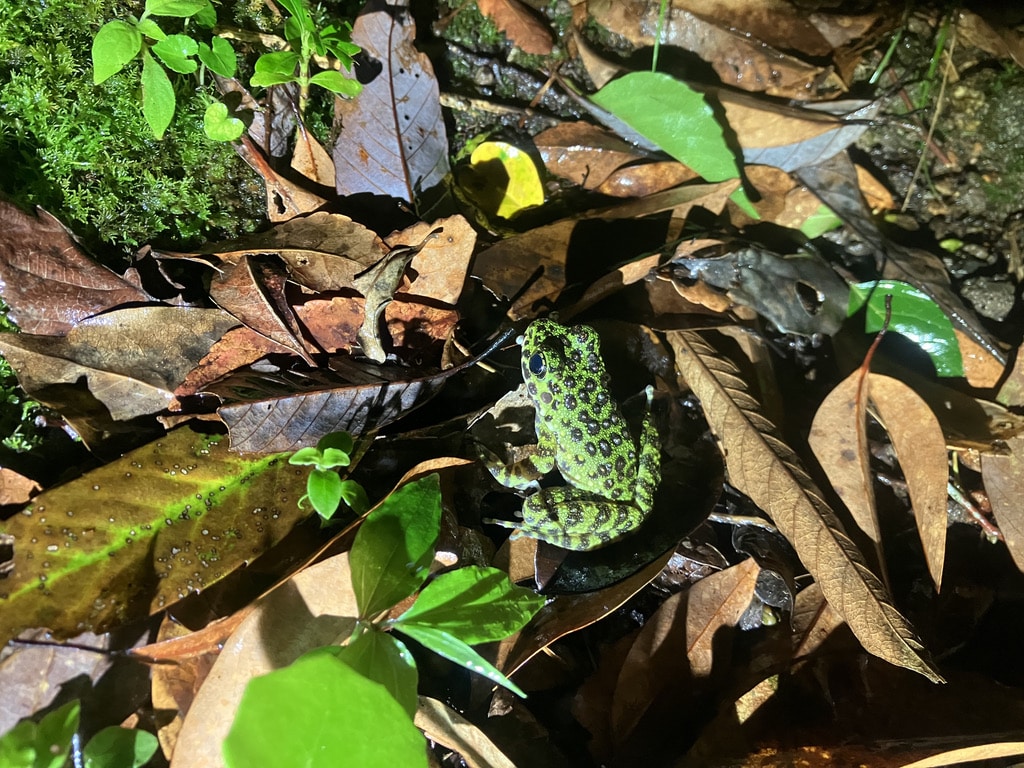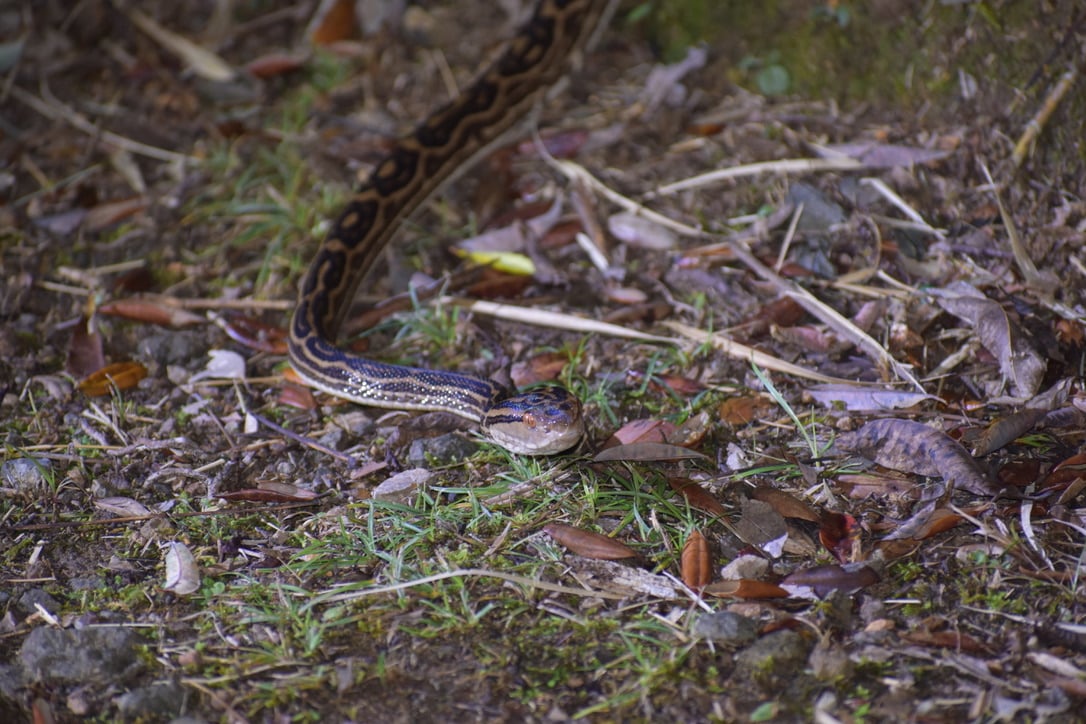Amami Oshima is home to a rich variety of wildlife. In 2021, its biodiversity was recognized, and it was designated as a UNESCO World Heritage Site. In this article, I will introduce the wildlife of Amami Oshima and the watching tour.
Wildlife representative of Amami Oshima
Amami Oshima has a high percentage of endemic species, with 71% of its mammals, 72% of its terrestrial reptiles, and 69% of its amphibians being unique to the island. Here, I’ll introduce three representative species of Amami Oshima.
Amami Rabbit
The Amami rabbit is a wild rabbit found only on Amami Oshima and Tokunoshima both islands. It has existed since before Amami Oshima separated from the mainland, earning it the nickname “living fossil.” As an endemic species, it serves as a symbolic icon of Amami.

Amami woodcock
The Amami woodcock is a nocturnal bird known for its long beak and large body. It was once thought to be a poor flyer, but recent research has revealed that it migrates from Amami Oshima to Okinawa. This adorable bird can often be seen walking along roads in search of food.

Amami Ishikawa’s frog
The Amami Ishikawa’s frog is often called the most beautiful frog in Japan. While here is home to several endemic frog species, this one is the rarest. If you happen to spot one, consider yourself very lucky!

When and Where to Spot Wildlife on Amami Oshima
Many Rare Species Are Nocturnal
Many of rare wildlife species are nocturnal. In my five years as a guide, I’ve only seen the Amami rabbit during the day once. The types of animals you can spot also vary by season. For example, frogs and snakes are easier to find in June, while the Ryukyu long-haired rat is more commonly seen during its breeding season in November.
Found in the Forest, but Watch Out for Snakes
Amami Oshima is home to vast, rich forests filled with wildlife, but entering them carelessly can be dangerous. The island is inhabited by the venomous habu snake (pit viper), and a bite can have serious consequences. Even during the day, wandering through the forest without caution is not recommended. Additionally, the forests are dense, and in 2024, there were incidents where tourists went missing and required rescue. Please understand that these forests are not places to explore casually.

Wildlife Watching Tour on Amami Oshima
We offer wildlife observation tours where you can expect to see the unique animals. Our knowledgeable guides will lead the way, and since we search for wildlife from the safety of the vehicle, you can enjoy the experience without worry.
Wildlife Night Tour
・Total Duration: 3 hours
・Wildlife Watching Time: 2 hours
You can enjoy a relaxed animal observation experience in a spacious van.
